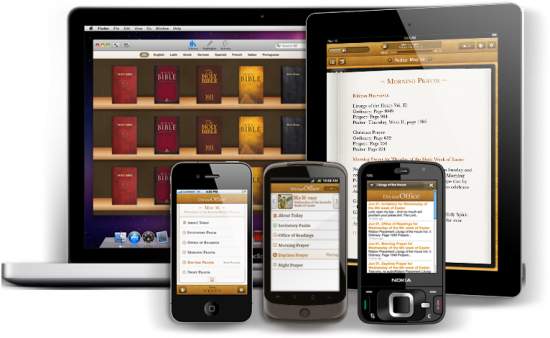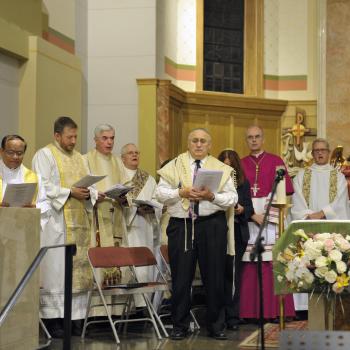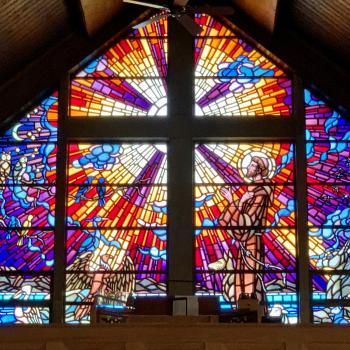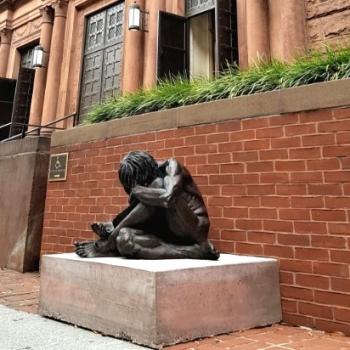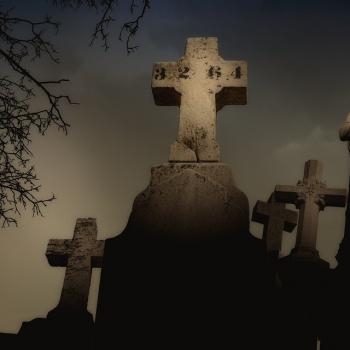You can now pray the office on your computer, on your cell phone, on your iPad — or, the old fashioned way, from a book with colorful silk ribbons. Catholic San Francisco takes a look at this great prayer of the Church, and why more people are embracing it:
Each morning at St. Anthony Church in San Francisco, a handful of Catholics gather to pray one of the oldest prayers of the Catholic Church – the Liturgy of the Hours, otherwise known as the Divine Office – lifting their voices in prayer and song with priests, monks, religious and lay people around the archdiocese and the world.
“St. Paul says we should pray at all times and never lose heart. And the Liturgy of the Hours became a practical form for the church to answer that apostolic mandate to pray at all times and never lose heart,” said St. Anthony pastor Father James Garcia, citing St. Paul’s Letter to the Thessalonians (1 Thessalonians 5:11): “Pray without ceasing.”
“It’s a foundation for the beginning of the day,” said St. Gabriel parishioner Mike O’Leary, who prays morning prayer. “And around the world, someone is always saying the Liturgy of the Hours.”
The Liturgy of the Hours is so central to the prayer of the church that church law requires ordained ministers – bishops, priests, and deacons – to pray it daily, said Deacon Rich Foley, director of diaconate formation for the Archdiocese of San Francisco. Most deacons pray morning and evening prayer while priests tend to pray five times a day under the new post-Vatican II form, with a few religious orders continuing to pray the old form of seven times a day.
Advent is a perfect time to consider trying the prayer, because “Advent is a time to examine our prayer life,” Deacon Foley said.
Based on the psalms, the Liturgy of the Hours traces its origins to Old Testament Jews who prayed seven times daily, a practice continued by the early Christians, formalized by the monastic orders, and later institutionalized at the Council of Trent in 1545, said Benedictine Brother Joseph Murphy of the archdiocesan Office of Worship.
The Liturgy of the Hours follows a four-week cycle that includes praying all the psalms but it is also attuned to the church seasons. Vatican II revised the practice to make it more accessible, and recommended the Liturgy of the Hours be promoted as a prayer of the laity, particularly morning and/or evening prayer, said Deacon Foley. As recently as Nov. 16, Pope Benedict XVI in a weekly talk on the psalms at St. Peter’s Square suggested again the laity pray the Liturgy of the Hours.
In the last of seven weekly addresses on the psalms at St. Peter’s Square Nov. 16, Pope Benedict XVI said: “I would then like to renew to you all the invitation to pray with the psalms, even becoming accustomed to using the Liturgy of the Hours of the church .… Our relationship with God cannot but be enriched with greater joy and trust in the daily journey towards him.”
And if you’re interested, check out a great version of this prayer online at Divine-Office.com

